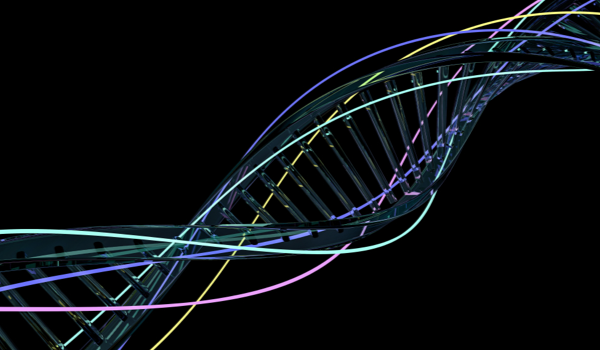


NEW YORK - Artificial intelligence (AI) methods have recently been introduced to assist mental health providers, including psychiatrists and psychologists, in decision making based on patients’ historical data, such as medical records, behavioral data, social media usage, etc.
In the United States, 43.6 million adults experience mental illnesses such as anxiety, depression, and schizophrenia.1Finding patients with a mental health disease fast is important, since some diseases such as depression may end in suicide. Care providers are, therefore required to be precise and efficient in their decision making.2AI is widely being used to detect this group of disorders and for this purpose methods like machine learning (ML), natural language processing (NLP), and image processing are helpful for automatic diagnosis and treatment.
Multiple Data
Multiple data recourses are available for decision making in the field of mental disease, such as electronic health records (EHR), neuroimaging data, electroencephalogram (EEG), and genetic data. Applying ML methods to each of these resources assists researchers to predict diseases. In some instances, applying ML methods on exome sequence data helps to support researchers in predicting bipolar disease. ML also helps to predict various mental health diseases using gene expression data or detecting genes that have a significant effect in the occurrence of mental health problems.3, 4
One of the most efficient ways of detecting a mental health disease is with EEG data, that is the recorded activity of the brain from the scalp in the form of a signal. Using ML and intelligent methods, various hidden patterns of the brain are extracted that assist psychiatrists and psychologists in efficient decision making. In order to cope with the limitations of each data set, some r
The content herein is subject to copyright by The Yuan. All rights reserved. The content of the services is owned or licensed to The Yuan. Such content from The Yuan may be shared and reprinted but must clearly identify The Yuan as its original source. Content from a third-party copyright holder identified in the copyright notice contained in such third party’s content appearing in The Yuan must likewise be clearly labeled as such. Continue with Linkedin
Continue with Linkedin
 Continue with Google
Continue with Google










 1453 views
1453 views







